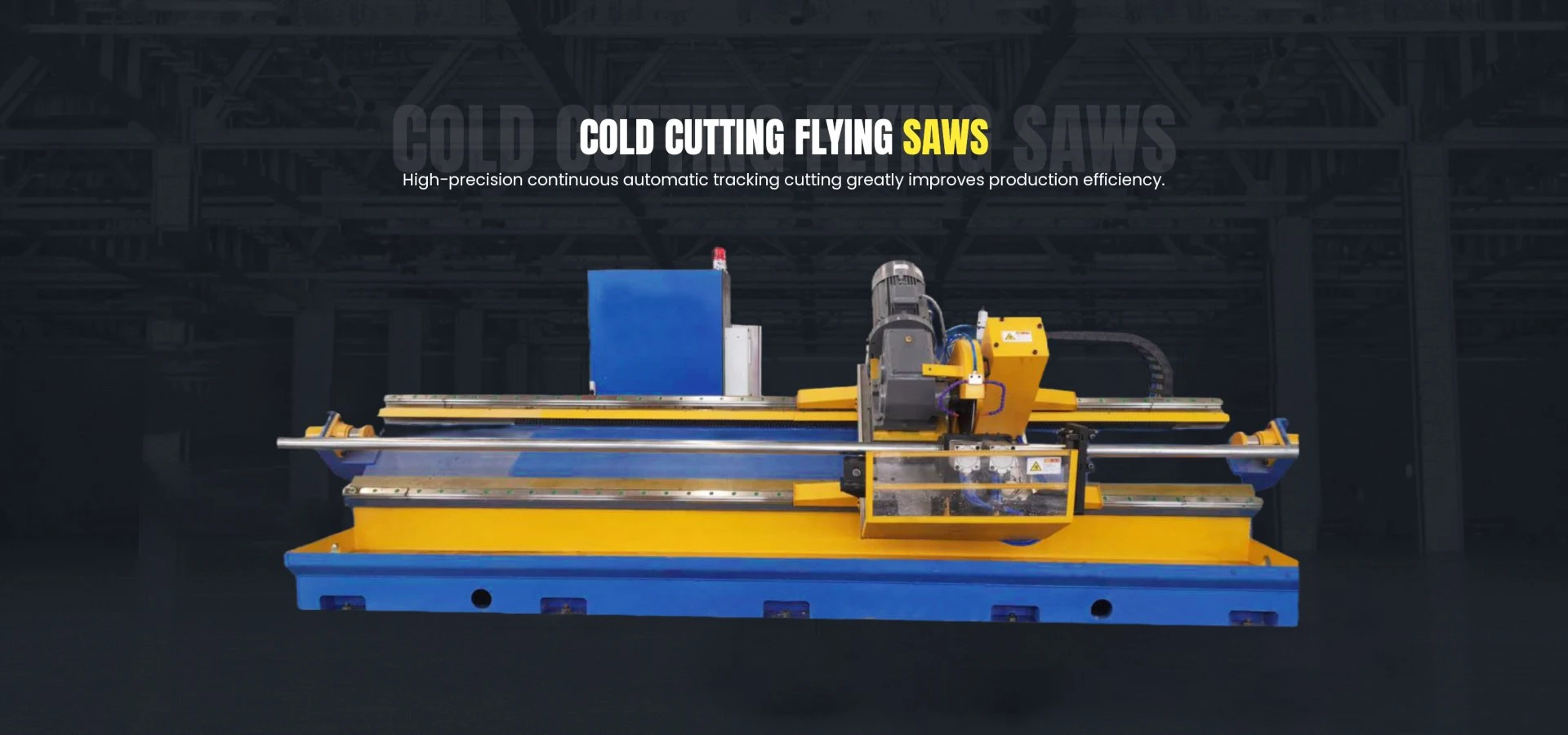Tube milling machine technology for efficient metalworking and precision fabrication
Understanding Tube Milling Machines An Overview
Tube milling machines are specialized equipment designed for the precise machining of tubular materials. These machines play a crucial role in various industries, including automotive, aerospace, construction, and energy, where metal tubes are integral components in assemblies, structures, and systems. This article provides an overview of tube milling machines, their functionalities, applications, and advantages.
What is a Tube Milling Machine?
A tube milling machine is engineered to perform milling operations on cylindrical materials. This equipment typically features advanced CNC (Computer Numerical Control) technology, allowing for high precision and repeatability in the machining process. Unlike conventional milling machines that operate on flat surfaces, tube milling machines are specifically designed to accommodate the unique geometries of tubes, including varying diameters and wall thicknesses.
Key Features and Functionality
1. CNC Automation Modern tube milling machines are equipped with CNC systems that streamline the machining process. Operators can input specific parameters such as milling speed, depth of cut, and feed rate, ensuring consistency across production runs.
2. Multi-Functional Capability These machines can perform various operations, including cutting, drilling, and contouring. This versatility enables manufacturers to accomplish multiple tasks within a single setup, reducing downtime and increasing efficiency.
3. Precision and Accuracy Tube milling machines utilize advanced tooling and fixtures that enhance precision. They can create intricate designs and patterns, meet strict tolerances, and produce high-quality finished products.
4. Adaptability Many tube milling machines are designed to handle a variety of materials, including steel, stainless steel, aluminum, and composite materials. This adaptability allows manufacturers to cater to diverse customer needs across different industries.
Applications of Tube Milling Machines
Tube milling machines have a broad range of applications in the industrial landscape. Some of the key sectors that benefit from this technology include
tube milling machine

1. Automotive Industry In automotive manufacturing, tube milling machines are used to create components such as exhaust systems, roll cages, and chassis parts, where strength and lightweight properties are essential.
2. Aerospace Sector The aerospace industry requires precisely engineered components that can withstand extreme conditions. Tube milling machines produce parts like fuselage frames and engine components, ensuring they meet stringent safety and performance standards.
3. Construction and Fabrication In construction, tube milling machines are essential for fabricating structural components such as scaffolding, handrails, and support beams, which require both strength and stability.
4. Energy Sector These machines are instrumental in producing components for pipelines and other critical infrastructure in the oil and gas industry, where durability and corrosion resistance are paramount.
Advantages of Using Tube Milling Machines
Investing in tube milling machines provides several advantages to manufacturers
- Enhanced Efficiency The automation and multi-functional capabilities of these machines lead to faster production cycles, minimizing time and labor costs. - Improved Product Quality With precise machining capabilities, companies can produce higher-quality products with fewer defects, leading to reduced waste and increased customer satisfaction.
- Cost-Effectiveness By consolidating multiple operations into one machine, manufacturers can save on equipment costs, maintenance, and operator training.
Conclusion
In summary, tube milling machines are essential tools in manufacturing, providing efficiency, precision, and adaptability across various industries. As technology continues to evolve, these machines are likely to become even more advanced, enhancing their capabilities and applications. Investing in tube milling technology not only boosts productivity but also prepares businesses to meet the demands of a competitive market.
-
High Frequency Straight Seam Welded Pipe Production Line-BzZhou Xinghua Machinery Equipment Manufacturing Co., LTD.|Precision Welding, High EfficiencyNewsJul.30,2025
-
High Frequency Straight Seam Welded Pipe Production Line|BzZhou Xinghua|Precision Welding&EfficiencyNewsJul.30,2025
-
High Frequency Straight Seam Welded Pipe Production Line - BzZhou Xinghua|Precision Engineering&EfficiencyNewsJul.30,2025
-
High-Frequency Straight Seam Welded Pipe Production Line-BzZhou Xinghua Machinery Equipment Manufacturing Co., LTD.NewsJul.30,2025
-
High-Frequency Straight Seam Welded Pipe Production Line-BzZhou Xinghua Machinery Equipment Manufacturing Co., LTD.|Precision Manufacturing, High EfficiencyNewsJul.30,2025
-
High Frequency Straight Seam Welded Pipe Production Line-BzZhou Xinghua Machinery Equipment Manufacturing Co., LTD.|Precision Steel Pipe Manufacturing&Industrial EfficiencyNewsJul.29,2025


